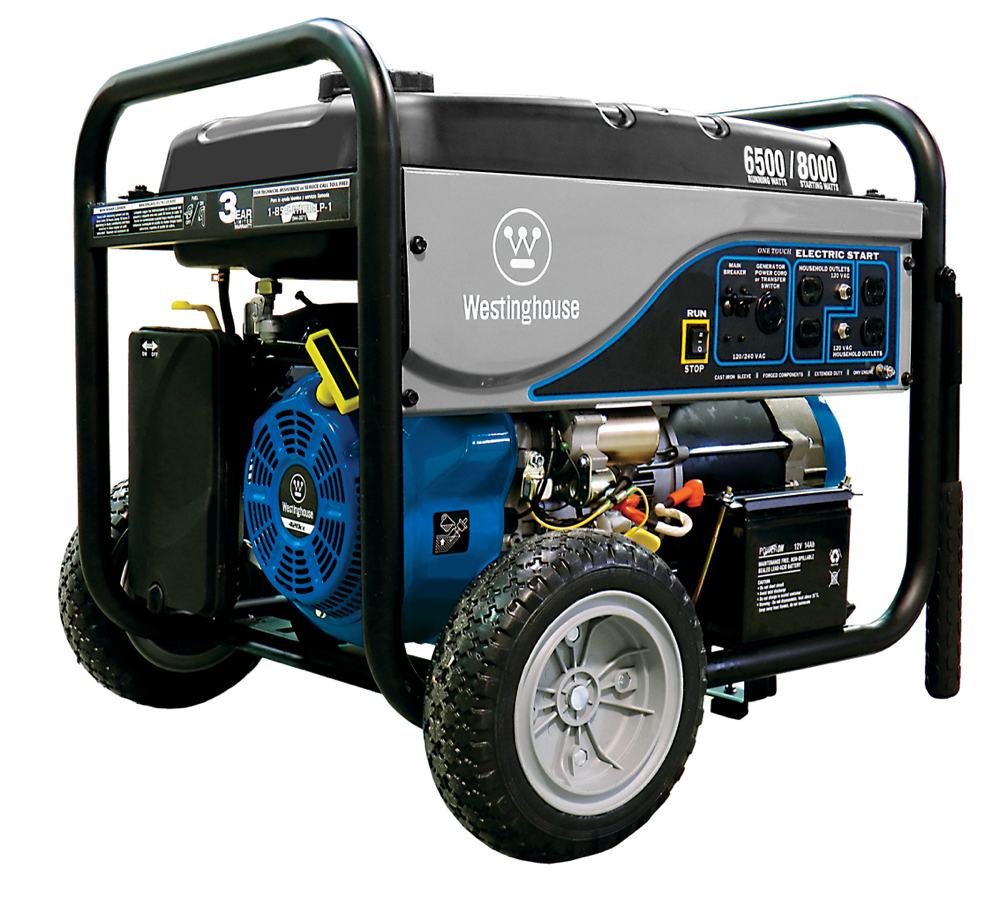How to Connect a Generator to Your House Wiring

While portable generators are extremely convenient in case of a power outage, if your area or locality has regular outages, connecting your appliances to an outdoor extension is not practical every day. In this case, you need to consider connecting your generator to your house’s power supply, which will ensure electricity throughout the house when the main supply is off.
Instructions
-
1
Since you are intending to have the generator supply power through the main circuit, you will need to make sure it has enough wattage to run all your appliances and lights. If you don’t already have a generator, you can note down the wattage requirements for all your appliances and purchase a generator which matches or exceeds these.
-
2
Now you need to disconnect your electricity panel from the main power line. If possible, you can do so by disconnecting the wires from your electric meter or contact your power supply company and ask for assistance.
-
3
Once the main electric supply to your home is disconnected, you will need to install a transfer switch with your main panel. It is recommended that you use a double-pole, double-throw switch which can handle two 120-volt cables. You need a double-pole switch because it will be managing two circuits and a double-throw because you need to connect one path alongside disconnecting the other.
-
4
The service lines that come to your panel need to be disconnected now (red and black) and inserted into the knock-out hole on one end of the double-pole switch. You will need to connect the cables to the lugs with the switch and tighten them securely.
-
5
Now you need to insert two other cables into the knock-out hole and connect them to the switch’s common terminals in a similar manner. The other ends of these cables will then need to be connected to the main panel, from where you disconnected the service lines.
-
6
Insert two more cables in the knock-out hole of the switch and then connect these to the remaining two lugs. The other ends of these cables need to be connected with the standby generator you wish to use.
-
7
Now you need to check the switch to make sure all the lines are securely connected and turn on the power. When you wish to use the generator, you can flip that switch to shut down power coming from the main lines and then turn on the generator to power the house.







